Solar Definitions
Solar, Simplified
Billing, Legal Contract Review, Operations and Maintenance Coordination, Incentive Application, Filing Taxes (Potentially)
Engineering, Procurement, and Construction (EPC)
An EPC contractor designs the installation, procures the necessary materials and builds the project under a firm fixed price (FFP) contract that is solicited and executed by the development company on behalf of the Project Company. The EPC is tightly controlled at all critical steps of the project to ensure quality and schedule are achieved according to project specifications.
The solar Investment Tax Credit (ITC) is one of the most important federal policy mechanisms to support the deployment of solar energy in the United States. The solar investment tax credit (ITC) reduces the tax liability for individuals or businesses that purchase qualifying solar energy technologies. As a stable, multi-year incentive, the ITC encourages private sector investment in solar manufacturing and solar project construction.
The ITC is a 30 percent tax credit for solar systems on residential (under Section 25D) and commercial (under Section 48) properties.
MACRS Accelerated Depreciation (MACRS)
Under the federal Modified Accelerated Cost-Recovery System (MACRS), businesses may recover investments in certain property through depreciation deductions. Solar, geothermal and wind property follows a 5-year schedule that has been in place since 1986. For more information on the federal MACRS, see IRS Publication 946, IRS Form 4562: Depreciation and Amortization, and Instructions for Form 4562.
Operations and Maintenance (O&M)
The physical labor necessary to operate renewable energy installations. Tasks include semi-annual site visits to check components and provide preventative maintenance, responding to system alarms from monitoring systems and coordinating warranty/insurance claims. Performance metrics relate to the installation’s operation at or near full capacity.
Power Purchase Agreement (PPA)
The financing arrangement in which a third-party developer owns, operates, and maintains the photovoltaic “PV” system, and a host customer agrees to site the system on its roof or elsewhere on its property and purchase the system’s electric output from the solar services provider for a predetermined period (usually 20 years). This financial arrangement allows the host customer to receive stable, and sometimes lower cost electricity, while the solar services provider or another party acquires valuable financial benefits such as tax credits and income generated from the sale of electricity to the host customer.
Photovoltaic array (also called a solar array) consists of multiple photovoltaic modules, referred to as solar panels, to convert solar radiation (sunlight) into usable direct current (DC) electricity. A photovoltaic system for residential, commercial, or industrial energy supply normally contains an array of photovoltaic (PV) modules, one or more DC to alternating current (AC) power converters (also known as an inverter), a racking system that supports the solar modules, electrical wiring and interconnections, and mounting for other components.
State incentives play a large role in the successful completion of solar projects throughout the United States. State incentives typically to fruition in the form of a Renewable Portfolio Standard. Many states have designed incentive programs to drive compliance with the RPS that either provide a grant/tax credit as a percentage of the total installation cost/size or a production tax credit that incentivizes the system owner for production achieved by the solar system.
Renewable Portfolio Standard (RPS)
A Renewable Portfolio Standard is a state mandate that requires electricity suppliers to use a minimum amount of renewable electricity as a portion of the retail electricity sales. This RPS is meant to give the retail electricity suppliers a financial incentive to satisfy compliance with state renewable energy goals. There are currently 29 states with an RPS (8 States and 2 Territories have renewable portfolio goals).
Solar Renewable Energy Certificates (SRECs)
In active SREC market states, the Renewable Portfolio Standard (RPS) requires electricity suppliers to secure a portion of their electricity from solar generators. The SREC program provides a means for Solar Renewable Energy Certificates (SRECs) to be created for every megawatt-hour of solar electricity created.
1 SREC = 1,000 kWh of solar electricity = 1 MWh of solar electricity
10 kW solar capacity = ~12 SRECs per year
The SREC is sold separately from the electricity and represents the “solar” aspect of the electricity that was produced. The value of an SREC is determined by the market subject to supply and demand constraints. SRECs can be sold to electricity suppliers needing to meet their solar RPS requirement. The market is typically capped by a fine or solar alternative compliance payment (SACP) paid by any electricity suppliers for every SREC they fall short of the requirement. The sale of SRECs is intended to promote the growth of distributed solar by shortening the time it takes to earn a return on the investment.
Once the installation of a solar system is complete, the system must then be certified by the state(s) in which it is eligible to sell SRECs and then must create an account with the tracking platform used by that state. Once registered, every month, the tracking platform will issue SRECs based on the generation of your system. All solar systems are required to submit generation on a monthly basis. It is up to the solar installation owner to decide how to manage the SRECs that are produced.
